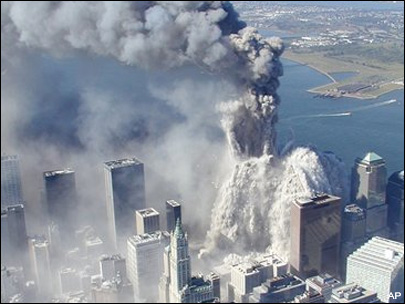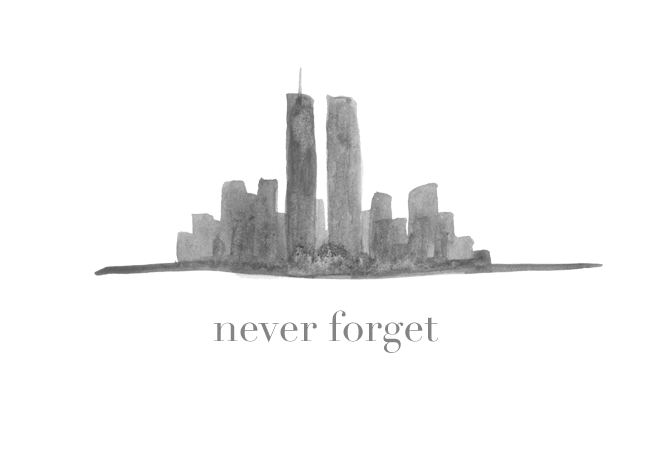
___________________________________________________________________________________________________
In 2013, Red Bull launched a campaign to drop crates of limited edition product from helicopters to universities around the world,
the intended appeal reaching a thoroughly middle-class strata. This particular appropriation of military aesthetics and parody
of extreme desperation is a stunning display of the ecstasy of privileged exploitation. A stunt like this is aware of its audience’s
use of social space, and has crafted something especially lucrative in a share economy.
There is presumably no deeper cause to the Redbull #airdrop other than the extension of the brand towards whatever
remains novel to young consumers.
Apparently, what remains novel is an extreme showcase of daring provocation, but specifically something that can be reduced to a short sentence,
or even better, a hashtag, or better yet, excellent imagery.
___________________________________________________________________________________________________

This aesthetic predetermination is not entirely unlike the September 11 attacks in its manner of capitalizing on visibility within the media. The vertical height of the towers, unlike the attacks at the pentagon for example, were visually assaulting, powerful, arresting; and it was an image that can be reduced to a line drawing, a phrase, a highly unifying and reactive ideological sentiment, and again, above all, an inerasable image. Not only can we ‘Never Forget,’ but the stability of the entire horizon in America had faltered. In this sense, maybe this Red Bull hype event behaved exactly as it was supposed to – as an event of exemplary psychological confrontation, effective not simply because of the desirability of the product and the attractiveness of the aesthetics, but also its disruption of a reliable linear perspective.

___________________________________________________________________________________________________
< < < /// > > >
1 2 3 4 5 6 7 8 9 10